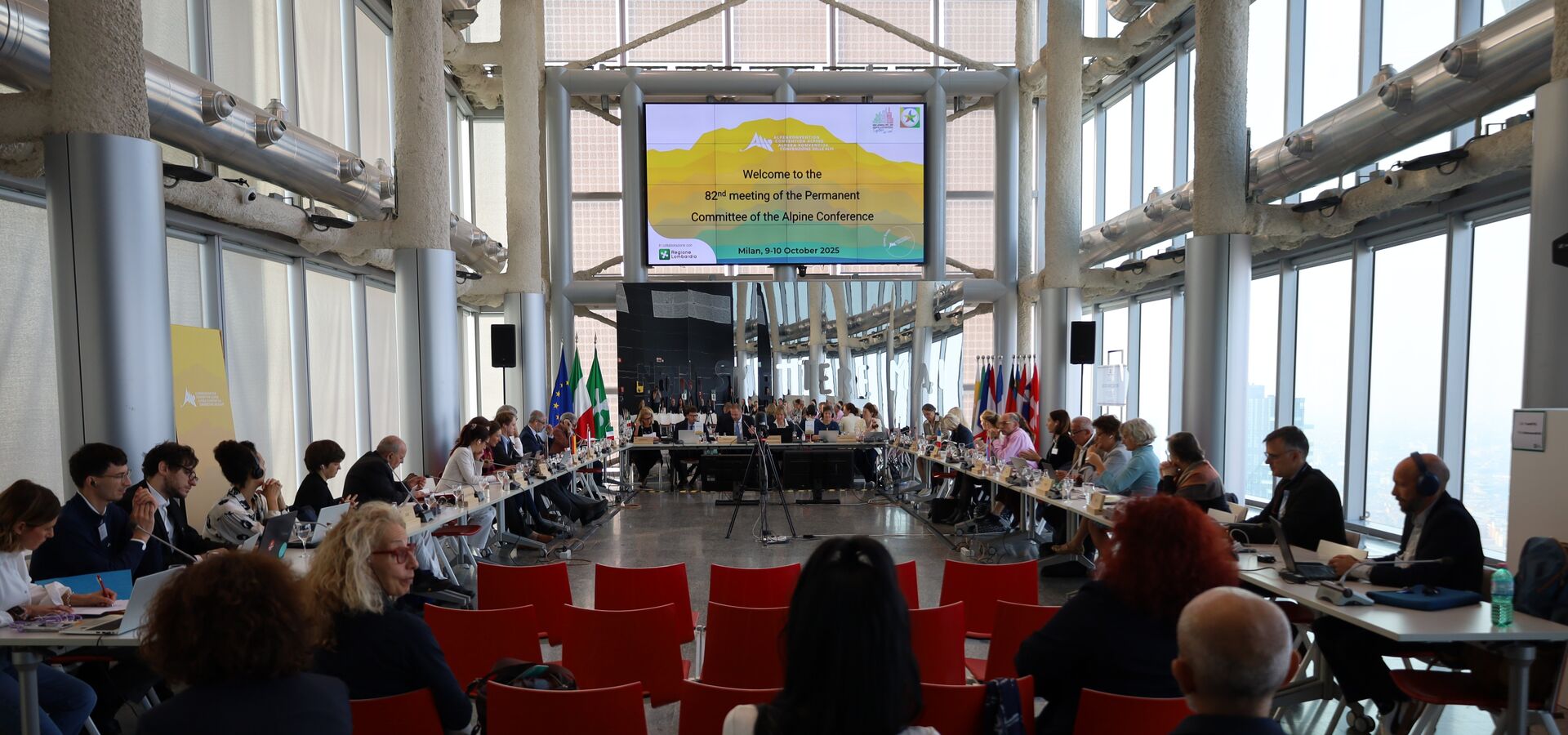What do glaciers, biodiversity, Alpine demographics, and local climate adaptation have in common? They were all topics on the agenda of the 82nd meeting of the Permanent Committee (PC) to the Alpine Conference which took place from 9-10 October!
The Alpine Convention Contracting Parties and Observer organisations gathered in Milan, Italy, for the PC 82 which was hosted by the Region of Lombardy at its headquarters in the city.
The priorities of the Italian Presidency were at the forefront, with delegates receiving updates on the implementation of the Presidency programme and ongoing activities. Italy’s main priorities over the two years of its Presidency are climate change, biodiversity, population and culture, and international cooperation.
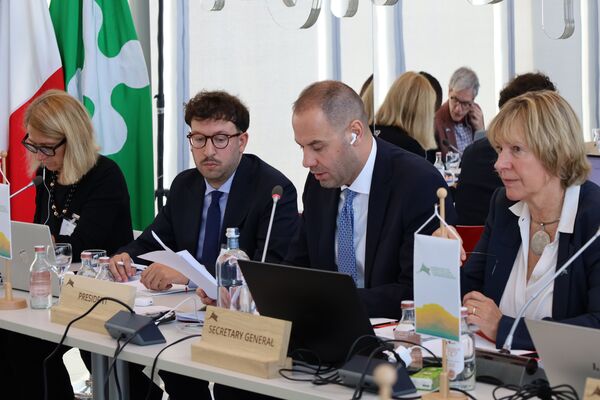
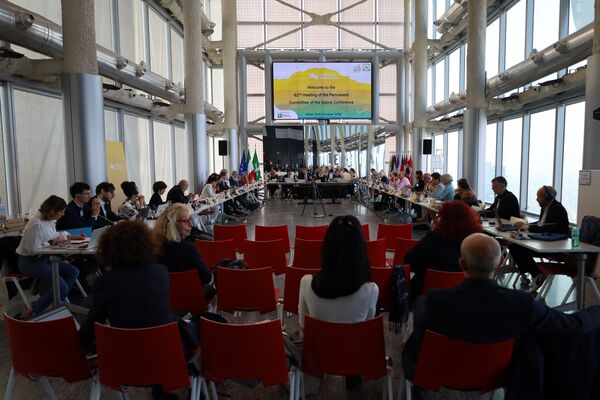
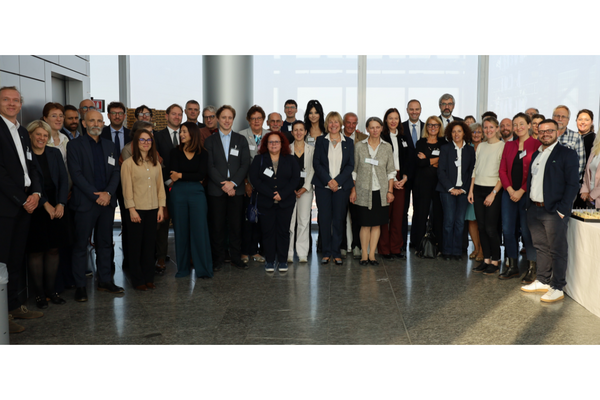
The discussions included a progress report on the preparation of the 11th Report on the State of the Alps (RSA 11) on Alpine glaciers, permafrost, and the water cycle. Delegates heard about the activities carried out so far and approved the proposed structure of the report.
Biodiversity was also on the agenda of the Permanent Committee. The Chair of the Alpine Biodiversity Board (ABB), Jon Marco Church, shared a review of the progress made by the ABB Core Groups in elaborating the Alpine Biodiversity Action Plan. Ongoing activities at international level were also discussed, in particular the consideration of mountain biodiversity within the Convention on Biological Diversity.
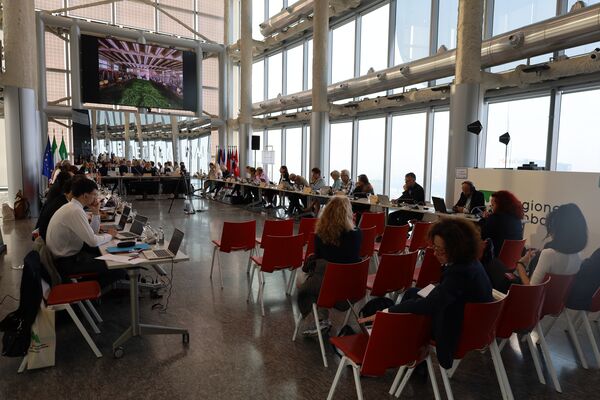
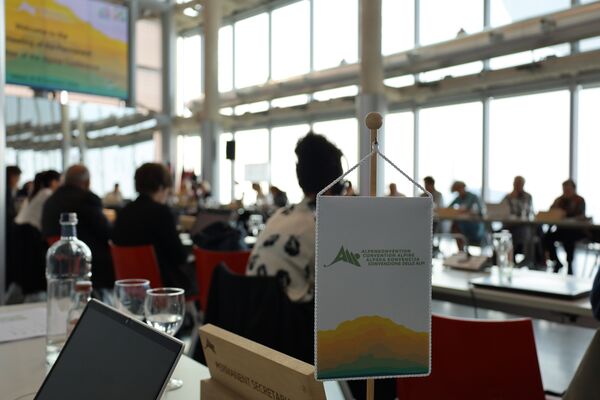
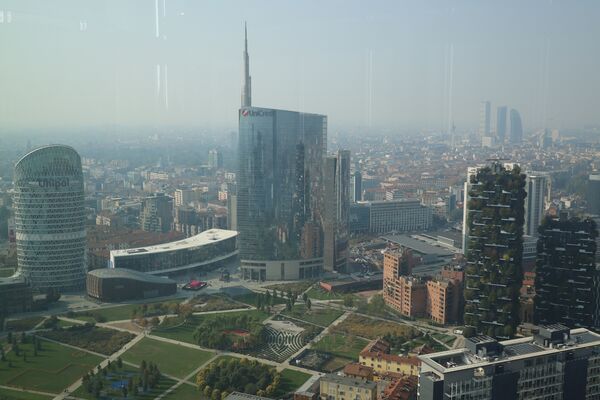
Within the area of population and culture, the Italian Presidency aims to revisit the topic of demographic changes in the Alps, which was the subject of the RSA 5 that was elaborated during the previous Italian Presidency (2013-2014). Preliminary results based on updated data and new indicators were presented for the Italian Alps, with an initial comparison to the Austrian Alps. Further research, including data from other Alpine countries, is expected to provide guidance for policies to address rural depopulation.
The Lombardy Region and Lombardy Foundation for the Environment presented the participatory mainstreaming approach which led to the adoption of Lombardy’s Climate Law this June as an illustration of the collection and analysis of good practices in terms of climate change adaptation which the Presidency is carrying out.
Finally, the meeting provided the opportunity for a review of the involvement of the 16 Observers of the Alpine Convention – and for further intensive exchanges in the breaks and evenings!

